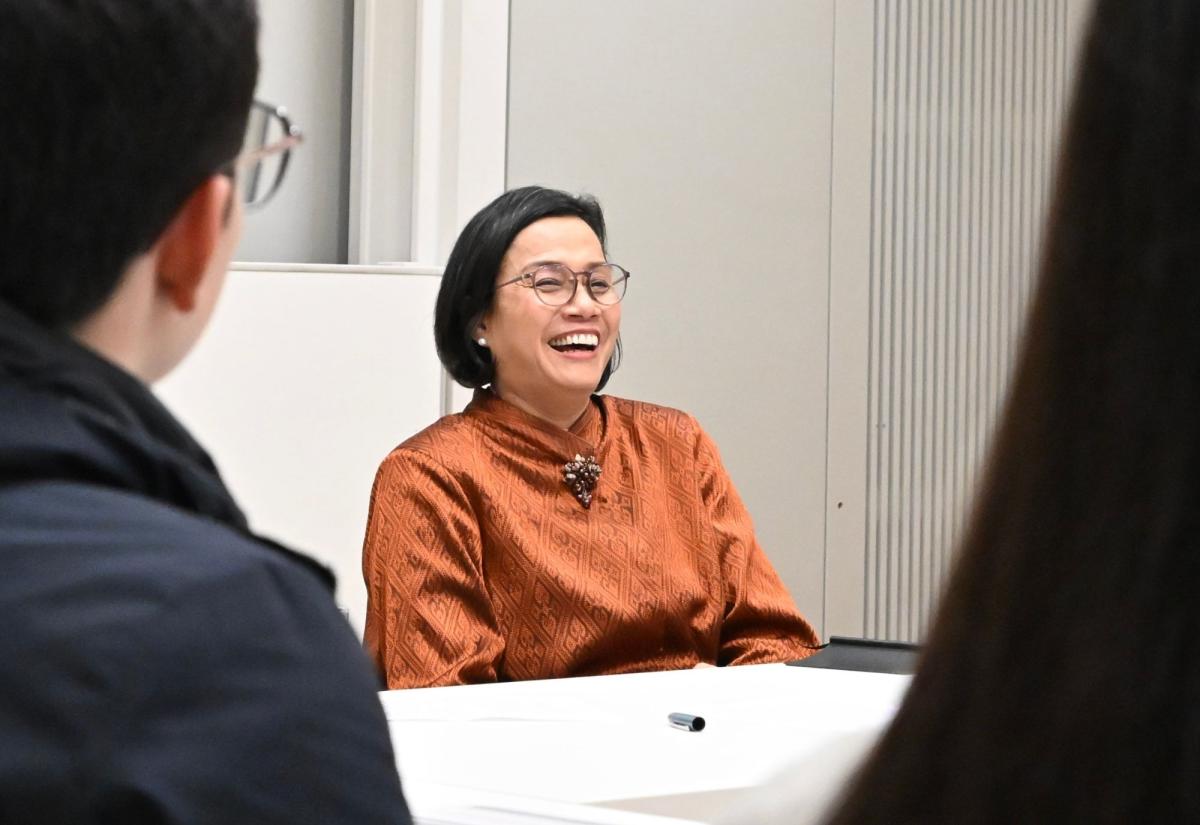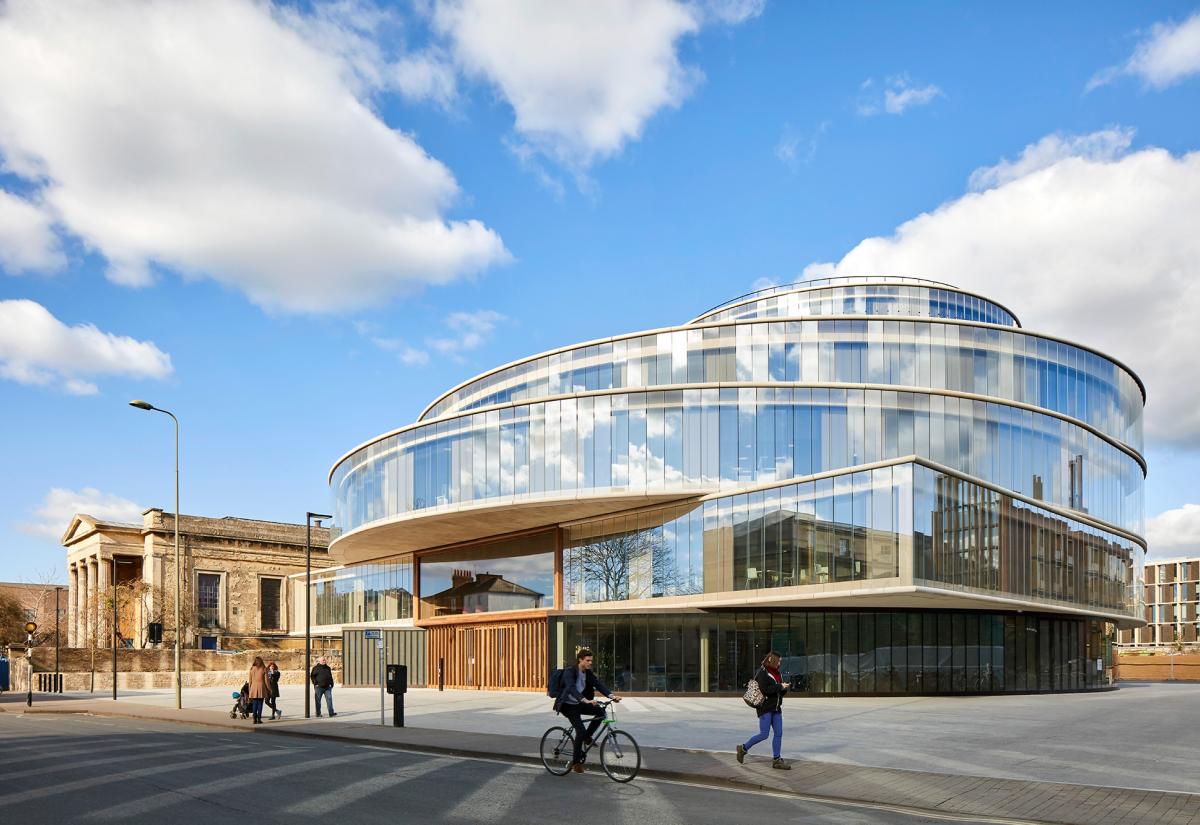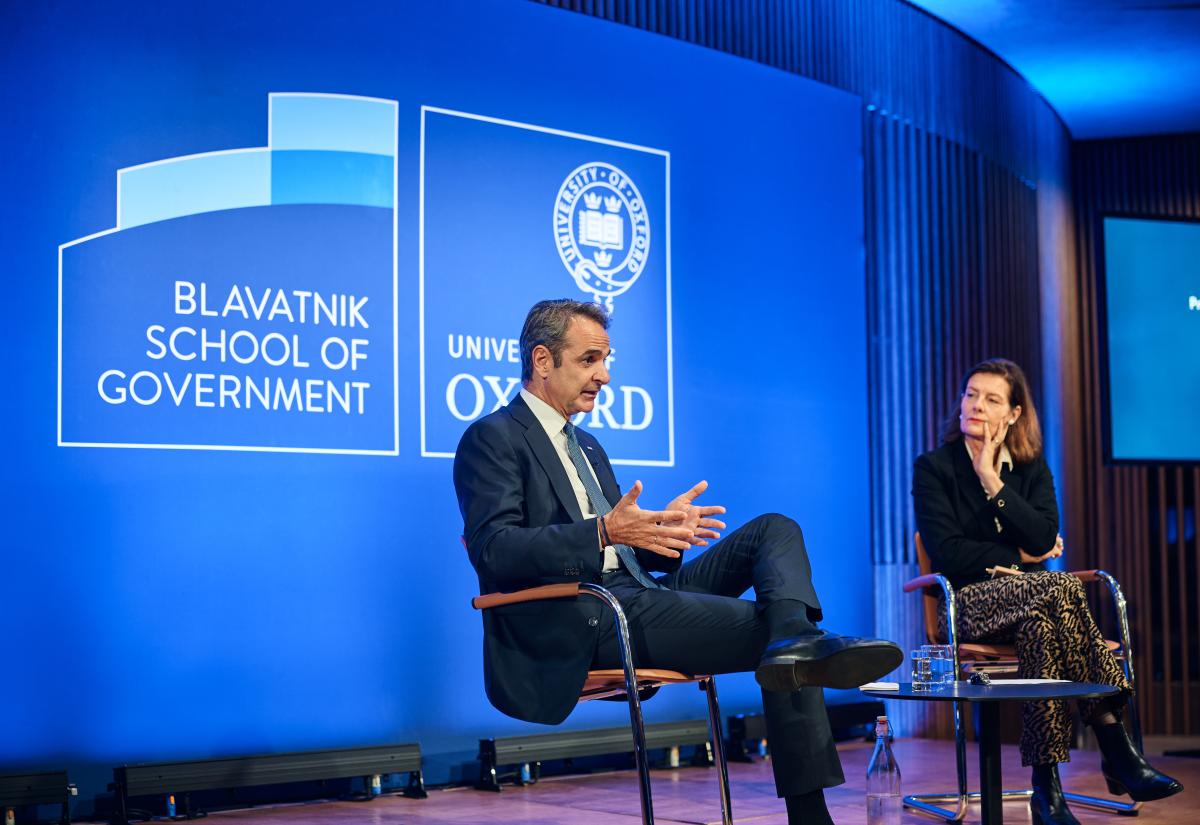It’s exciting to see our new building approaching completion. Preparations for the move are underway – the building is currently undergoing a series of assessments to ensure it is working properly and safely before becoming the new home for our students, faculty and staff.
We have invested in a series of sustainable services that will minimise the environmental impact of the building and we are targeting the ‘BREEAM Excellent’ rating. The Building Research Establishment Environmental Assessment Method (BREEAM) is the world-leading environmental assessment method setting the standard for best practice in sustainable design, recognising every aspect of a building that contributes to its sustainability. Their ‘Excellent’ rating is awarded to buildings with an energy and carbon emissions performance that supersedes current UK Building Regulations.
We are grateful to construction firm Laing O’Rourke, architects Herzog & de Meuron and the numerous specialists who have been working closely together to get us to this point. To understand what ‘sustainable’ really means in the case of our brand new home, engineering firm Hoare Lea has produced an exciting video with an accessible summary of the various technologies employed in the building.
Calum Miller, our chief operating officer, said: “One of our goals was to ensure the building was as energy-efficient and sustainable as it could possibly be. To achieve this, the design and construction team have and combined modern control systems with groundbreaking technology to minimise the environmental impact.”
Tom Heel, the head of environmental sustainability at the University of Oxford, said: “The Blavatnik School of Government project continues the lineage of BREEAM Excellent projects delivered by the University since 2009, and it is also considered a flagship project for our sustainable building design philosophy.
“The building’s ground source heating system also reflects that of the Mathematical Institute and is part of a wider strategy within the Radcliffe Observatory Quarter where the systems of different buildings will be interconnected for maximum efficiency.”
All Blavatnik School faculty, staff and students will move into the new building before the end of the current term, with our full schedule of teaching, lectures and public events taking place in the new building from January 2016.
Calum Miller added: “We are impatient to start working in our new building. We know others want to see it too, so we are planning events and open days for our neighbours and those with an interest in its innovative features to explore the building. As soon as we have dates, these will be publicised on our website.”
All updates and news will be appearing on our website, so do keep checking. To find out more about sustainability, discover how the various systems work and how much energy they will help us save, see a list of our building's sustainability features.



